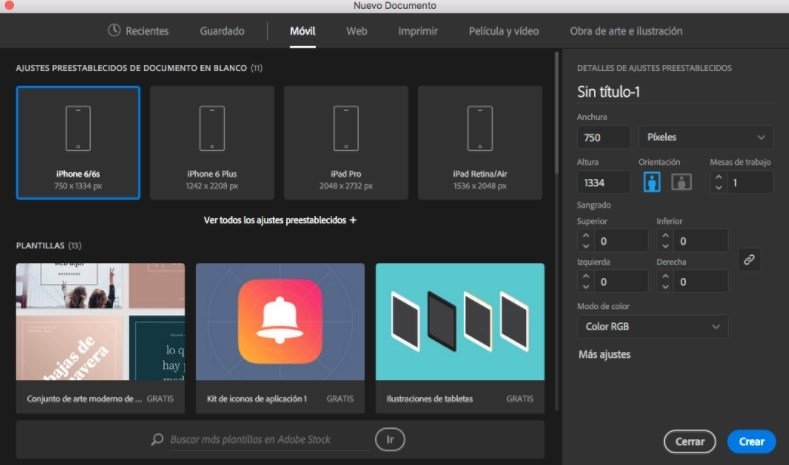

Eric Holmes, but it was just an introductory book, intended to shepherd new players through the first three levels of play. However, by the time that Supplement III: Eldritch Wizardry (1976) was published, TSR had already decided that the system - which now spanned a half dozen books and several newsletters - needed to be unified and cleaned up.Ī new Basic D&D (1977) came out first, thanks to the singular efforts of J.

The D&D game began with the OD&D box (1974), which was expanded with four supplements (1975-1976) and additional articles in The Strategic Review (1975-1976). That day would be the 1989 release of AD&D 2e. All is not lost, however, for there is a small but determined underground seeking to restore the lost mark to its proper place. In Dragon #28 (August 1979), TSR Manager of Designers Allan Hammack, bemoaned its loss, saying "Alas for the death of the apostrophe!" and "Using an artistic excuse, they bar its every attempt at propriety and propagate the error. Its usage was considered confusing and graphically unattractive, and so none of the 1st edition (1e) books had apostrophes in their titles. There is no apostrophe in the title of the original Players Handbook. It shows an Umber Hulk clicking his heels together while under the influence of the spell - which underlines the use of humorous cartoons in early AD&D products.Ībout the Title. However, the illustration for Otto's Irresistible Dance is a favorite. There also aren't as many iconic illustrations as found in the other two core AD&D books.
ADVANCED DUNGEONS AND DRAGONS DMG APENDIX A SOLO PLAY MANUAL
Sutherland III feel relatively scant, especially when compared to the 200 illustrations in the Monster Manual (1977). The illustrations by Dave Trampier and David C. Most people agree that the later image is more professional, but much less memorable.Ībout the Other Illustrations.

Trampier's famous cover was replaced in 1983 by a Jeff Easley painting of a wizard. The 3.5e Player's Handbook II (2006), which shows a close-up of the idol-robbing, may be the most attractive homage, but the original HackMaster Player's Handbook (2001) is fun too, because it shows Trampier's iconic scene several minutes earlier, when the adventurers are still fighting the lizard monsters.

The painting actually encompasses the back cover too (as was the case with all of the original AD&D books) but that picture, which shows adventurers dragging off loot and foes, has never received the same attention.īecause of its fame, Trampier's cover has been repeatedly recreated and parodied. The cover by Dave Trampier - which shows adventurers looting an idol after killing their foes - is one of the most famous in D&D history. It was published in June 1978 and seen by many for the first time at Gen Con XI (August 1978).Ībout the Cover. Players Handbook (1978), by Gary Gygax, was the first book of rules for the AD&D game. Note about the Print edition: While this book is black & white, it was printed using the Standard Heavyweight "color" option for better quality paper. All useful material is now compiled under one cover, especially for players! Spell listings by level and descriptions of effects (including many new spells!).Īs a dungeon adventurer or Dungeon Master, you will find the contents of this book to be what you have been waiting for.Character Races: Dwarves, Elves, Gnomes, Half-Orcs, Humans, and more.The Player's Handbook puts it all at your fingertips, including: All recommended character classes: Fighters, Paladins, Rangers, Magic-Users, and more. No more searching through stacks of books and magazines to find out what you need to know. The 1st Edition Player's Handbook is back!


 0 kommentar(er)
0 kommentar(er)
